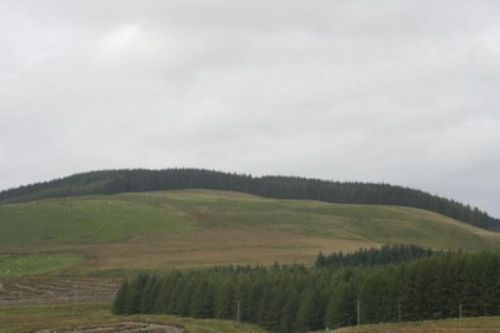
With the start of the shooting season, marked by the Glorious Twelfth on 12th August, Andrew Pearce, head of Rural Agency at Chesterton Humberts’ Country Department, evaluates the farmland and sporting market this year so far.
2010 was an excellent year for rural property sales, and values have continued to climb in the first half of 2011 particularly in popular parts of the South West and the East Midlands.
Andrew Pearce comments: ’This year so far, there have been some notable sales of farmland and sporting estates in the UK, achieving in some cases ’10,000 per acre. Grade 3 arable land during the first half of 2011 has risen on average by 6% following the substantial increases during 2010.
’Demand for commercial farmland, with or without houses has increased, driven partly by improving commodity prices and lack of supply. Private individuals and trusts are increasingly aware that land has outperformed all other asset classes, highlighting it as a strong investment opportunity with tax advantages.’
’Despite increasing investment in land,’ Pearce adds: ’the main buyers are still farmers who account for over 60% of all acquisitions. This has resulted due to a number of conditions including prevailing low interest rates and an increase in commodity prices.’
’The ongoing debate over global food scarcity and our ability to meet the demands of the anticipated growth in world population is firmly back on the political agenda but it is also now being taken seriously by investors who appreciate that the supply of land will be paramount in resolving the food scarcity issue. With this in mind, land prices and investment returns are predicted to continue to rise over the next 30 years, causing many investors to look more seriously at investing in land.’
The range of values for Grade 3 arable land has never been greater; with a varying price range depending on location and quality in particular; a small block with no neighbour interest might fetch ’5000 per acre, while a big area surrounded by commercial farmers keen to expand could be worth up to ’12,000 per acre. Location is now the most important factor, rather than the land grade ’ Grade 1 silts are still very expensive, but no longer command the premium they once did over Grade 3 soils.
He comments: ’Due to the strength of demand in the first half of 2011 prices increased by 6% and are now settling with a predicted increase of 3-4% during the remainder of 2011.
Given the lack of land coming forward, we predict that we might see prices rising by as much as 5% this year and 2011 could be the year for private deals, as individuals keen to buy approach people who would not normally consider selling and tempt them to do business.’
As well as land, sporting rights are another valuable asset to any farm or estate attracting investors and lifestyle buyers, with bonus money to spend, from the UK and overseas.
Pearce comments: ’Pheasant and partridge shooting remains as popular as ever despite the economic downturn, so a farm or estate that has sporting rights is sitting on a potentially valuable source of income. Landowners have the option of letting the rights or the farm or estate running the shoot itself but buyers must consider that hospitality facilities and full-time staff are a necessity for a well run shoot.
’Rental value of sporting rights range from ’8 to ’18/acre depending on topography, the number of drives and the positioning and size of woodland, generally rental agreements generally run for between three and five years. Let days can be sold for typically ’34/bird plus VAT with an estimated 300-350 birds per day. Smaller days are less profitable as the same number of beaters will be needed. Fortunately, this size of bag tends to be the most popular as it guarantees enjoyable shooting without resorting to the excessive numbers that give the sport a bad name.’
He adds: ’Deer stalking rights should not be included in the general sporting rights as they are particularly valuable, especially in the south of England where roe deer are common.’
